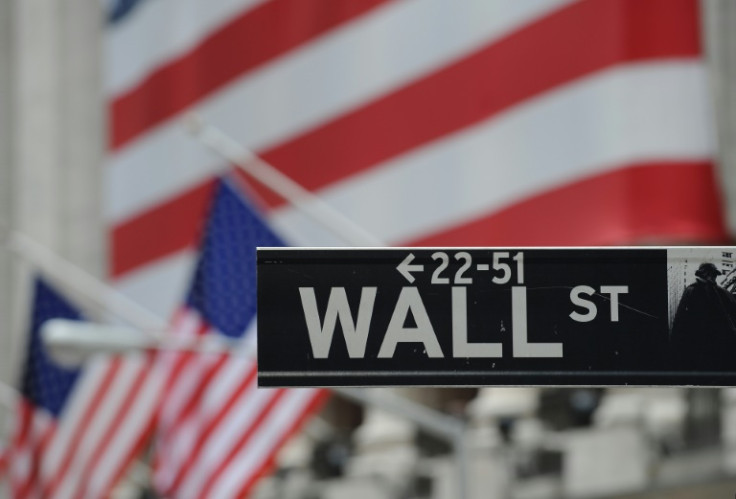What Will The Fed Do With The Latest Inflation Numbers?

The latest inflation data, released last week, has left Wall Street uncertain about the Federal Reserve's next interest rate move.
According to the Consumer Price Index (CPI), a broad measure of the average change over time in the price of a market basket of consumer goods and services, inflation headed in the wrong direction again in March, up rather than down.
The CPI gained speed for a second straight month, rising at an annual rate of 3.5% in March 2021, up from 3.2% in February, and the highest since September.
Then, there is the March Producer Price Index (PPI) — a measure of the average change over time in the selling prices received by domestic producers for their products. It rose at an annual rate of 2.1% year-on-year in March 2024, up from 1.6% in February and 1% in January. It's the most gain since April 2023.
In addition, core PPI, excluding food and energy costs from calculations, rose at an annual rate of 2.4%, up from 2.1% in February to 2% in January.
However, the core CPI came at a near three-year low of 3.8% in March 2024, in line with February's number, which was the lowest in the last twelve months.
In addition, consumer inflation expectations for the year ahead came steady at 3% for a third consecutive month in March 2024, remaining at three-year lows.
The mixed picture regarding inflation has caused confusion on Wall Street about the Fed's next move, adding to the market's recent volatility.
Experts weigh in on inflation numbers and what they mean for monetary policy. "We received a mixed bag of results between the CPI and PPI, but there seems to be an indication that inflation may not be cooling as fast as expected," said Lawrence Sprung, CFP - Author of Financial Planning Made Personal and Founder of Mitlin Financial.
"Certain areas of the economy are seeing less inflationary pressures than others. Last week's numbers were highly influenced by energy prices, shelter, and medical care services while other areas like food and commodities seem to have some relief."
Sprung expects the new inflation numbers to push back the timing of the first rate cut, and two cuts in total for 2024.
Kurt Rankin, Senior Economist and Vice President at The PNC Financial Services Group, Inc., sees last week's CPI report confirming that inflation has stalled and is progressing downward. He sees Wall Street's calls for as many as six interest rate cuts by the Fed have backtracked to at most three, and markets now appear to be coalescing around only two 25-basis point cuts by year-end.
"PPI inflation's trend reversal from essentially flat through much of 2023 to a more than 4% annualized pace through the first quarter of this year provides the forward-looking evidence to support this recognition of a hawkish outlook from the Fed, as the goal is not only reaching 2% inflation but maintaining that pace. With a new wave of producer costs now set to pass through to consumers, the battle to achieve price stability looks likely to drag on longer than expected in the closing months of last year," he added.
Jonathan Ernest from the Weatherhead School of Management of Case Western Reserve University sees high headline inflation as a sign that the economy remains hot. He expects the Fed to defer interest cuts beyond June or July.
"Interest rates for borrowing to finance consumer purchases of everything from cars to housing will remain elevated as well. Prolonged high rates for borrowing through the second half of the year may hurt stocks, as any boost to the economy from lowering rates may be delayed until the Federal Reserve feels confident that inflation is approaching the 2% goal," he elaborated.
Mark J. Higgins, CFA, CFP®, a financial historian, is skeptical of efforts to estimate a definitive trajectory for inflation on the last three months of data. But he believes the higher-than-expected readings and tight labor markets could disappoint investors speculating that the Fed will turn dovish in 2024.
"The most important issue to understand, however, is that the risk of abandoning monetary tightening policies too early far exceeds the risk of maintaining tight policy for too long," he added.
© Copyright IBTimes 2024. All rights reserved.





















